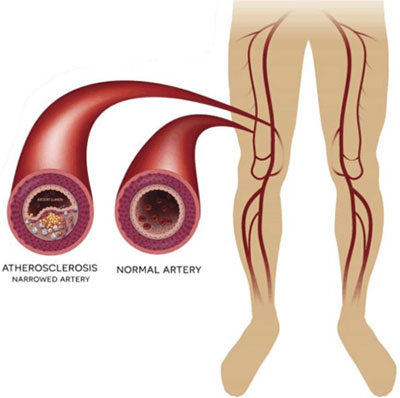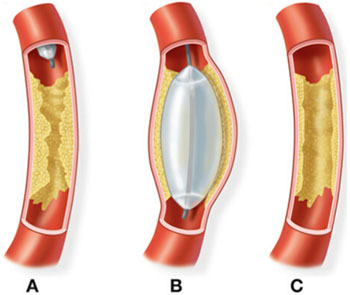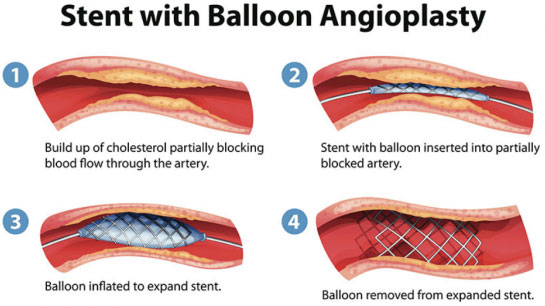-
+91 8971128400
Call us
-
contactvascularcentre@gmail.com
Send Us mail
- Book Appointment
Call us
Send Us mail

Narrowing or blockage of arteries causes a reduced inflow of blood. This can cause symptoms such as muscle pain, difficulty walking ( claudication), dizziness, and tissue damage/wounds as the affected regions are deprived of blood and oxygen.
Angioplasty or stenting is a procedure used to treat the narrowing or blockage of an artery. This uses either a balloon to stretch the artery (angioplasty) or a metal scaffold to hold the artery open (stent). These procedures improve blood flow which helps to relieve any symptoms you are experiencing.
A Vascular Surgeon will determine if you are fit for this procedure or require open surgery.
 This minimally invasive procedure is performed in the Cath Lab under x-ray guidance. Local anaesthetic is used to numb the skin and a small tube is placed in the artery in the groin, this is the only uncomfortable part of the procedure. In some cases, it may not be possible to use the groin artery and an alternative artery in the elbow is used. Under x-ray guidance, a fine wire is passed through the narrowing or blockage in the artery. A balloon is passed across the narrowing or blockage and the artery is then stretched by inflating the balloon. The balloon is then removed from the artery.
This minimally invasive procedure is performed in the Cath Lab under x-ray guidance. Local anaesthetic is used to numb the skin and a small tube is placed in the artery in the groin, this is the only uncomfortable part of the procedure. In some cases, it may not be possible to use the groin artery and an alternative artery in the elbow is used. Under x-ray guidance, a fine wire is passed through the narrowing or blockage in the artery. A balloon is passed across the narrowing or blockage and the artery is then stretched by inflating the balloon. The balloon is then removed from the artery.
The angioplasty may need to be repeated. To maintain improved blood flow , a metal scaffold (stent) may be placed in the artery.

You will be asked to come directly to the ward the day before, or on the morning of the procedure and will need to stay in overnight. The procedure generally takes about 90-120 minutes to perform. At the end of the procedure, the tube will be removed and the doctor or nurse will press over the entry site in the groin or elbow for 10 minutes until the artery stops bleeding. Once the bleeding has stopped you will need to remain flat in bed for minimum of 6 hours and then be allowed to sit up. A nurse will escort you back to the ward after the procedure. It is important for you to lie relatively still during this time to prevent the artery from bleeding again.
The overall risk of the procedure is extremely low. Normal activity can be resumed after 24 hrs. The potential risks can be divided into the following categories:
Angioplasty/stenting is successful in treating the narrowing/blockage of the artery in the vast majority of patients (90-95%). In the small number of patients in whom the procedure is unsuccessful, a surgical bypass operation using a vein or artificial tube may be offered as an alternative.